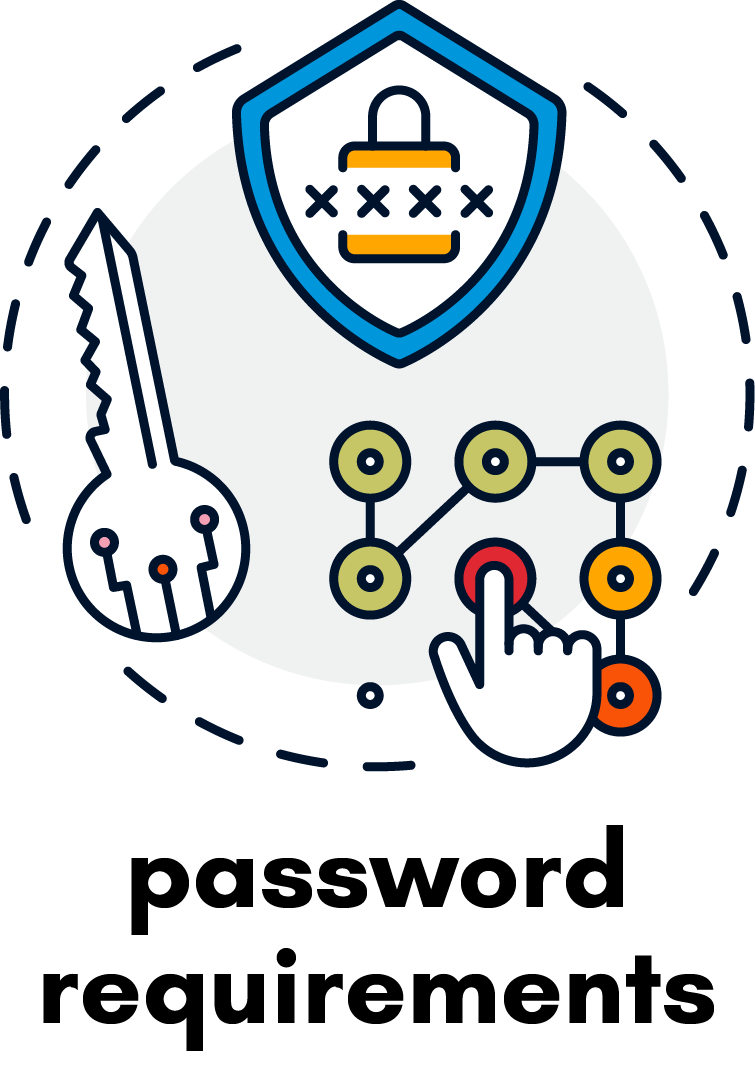Strengthening Your Cybersecurity Measures
The Need for Vendor Rationalization
Written by Clay Rogers, Principal Software Architect
Cybersecurity has been a consistently increasing concern across the globe for the past several years, with cyberattacks escalating in both frequency and sophistication. Threat actors are emerging from every corner, and lately, there is news of another data breach or ransom attack nearly daily.
The healthcare industry has become a prime target, as evidenced by the recent attack on one of the industry's largest players, a vendor with critical software ranging from clinical to hospital operations. This necessitates a crucial discussion about risk mitigation strategies for this vital sector. This post offers a few ideas on how you and your organization can improve your cybersecurity.
Prioritizing Cybersecurity
With challenging margins, increasing costs, and budget pressures impacting most health systems, strategies to escalate funding for cybersecurity are often few and far between. However, the need to adequately fortify and extend defenses against cyber threats is absolute. How then? Here, we offer one effective measure you can implement that maybe you haven't thought about before today – vendor rationalization.
Your Vendor Relationships
Healthcare organizations constantly struggle under the weight of complex data, integrations, and ever-evolving technologies. While vendors offer solutions to ease these burdens, managing a large vendor landscape introduces challenges.
Engaging numerous specialized vendors can create a revolving door effect, increasing potential security vulnerabilities and attack vectors. While due diligence is crucial, it shouldn't be the end of the story. Ongoing validation of vendor security posture is essential for effective risk management.
As vendors, we are responsible for demonstrating our commitment to your security through continuous compliance with established cybersecurity standards. However, managing ongoing validation for a multitude of vendors can be daunting for healthcare systems.
This is where vendor rationalization plays a vital role. By identifying and consolidating redundant vendors, you can streamline your IT environment and improve manageability and overall security.
Making it Happen
Streamlining your vendor landscape is a challenging feat. It requires a critical assessment and optimization of your vendor relationships to reduce the number of vendors, lower costs, and mitigate cybersecurity risks while ensuring smooth clinical and hospital operations.
Specifically, consider prioritizing key areas like analytics, automations, consultancies, IT/application support, PFS staff augmentation, PMO, vendor integration, data extraction, and niche revenue cycle vendors that are so prevalent in the revenue cycle. By evaluating these areas, you can identify critical tasks and eliminate redundant vendors, ultimately enhancing your cybersecurity posture and reducing potential risks.
Finding a Good Partner
Escalating cyber threats demands proactive action from healthcare organizations. Vendor rationalization is a strategic solution that simplifies the IT environment and bolsters security. At SparkChange, our expertise lies in streamlining vendor landscapes. We empower organizations to strengthen cybersecurity through targeted consolidation in key areas. This approach optimizes vendor relationships, enhances effectiveness, and reduces volume and costs, contributing to a more resilient healthcare ecosystem.






